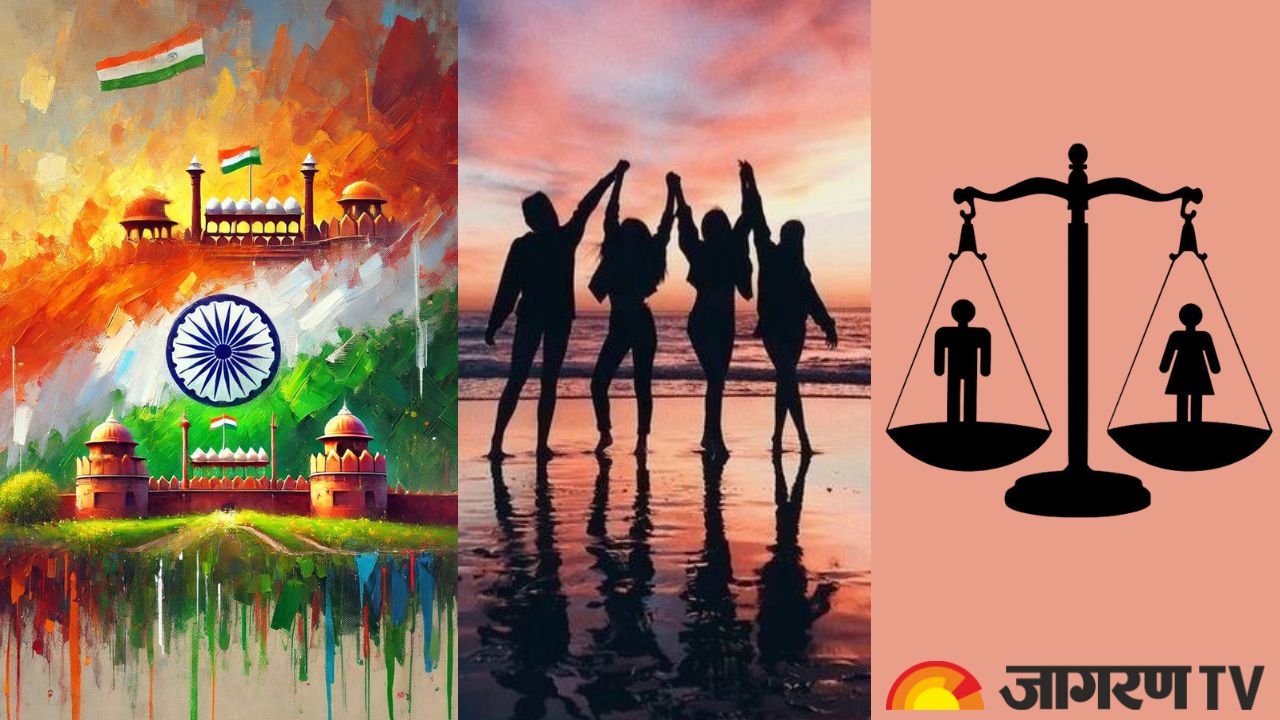International Yoga Day 2022: Yoga started from India, reached the world, know history.
The 8th International Yoga Day will be celebrated on June 21, 2022, all over the world, including India. People from all over the world gather to practise yoga in various locations and work to raise awareness about yoga. So, when, how, and where did yoga and yoga day start? In addition, in this video, you will learn about how yoga has evolved around the world.
History Of Yoga
Yoga is thought to have been practised since the dawn of civilization. Yoga science dates back thousands of years, long before the birth of the first religions or belief systems. Shiva is regarded as the first yogi or Adiyogi, as well as the first Guru or Adi Guru, in yogic lore.
A few thousand years ago, on the banks of the Himalayan lake Kantisarovar, Adiyogi imparted his profound knowledge to the legendary Saptarishis, or "seven sages." This potent yogic science was spread by the sages throughout the world, including Asia, the Middle East, Northern Africa, and South America. Interestingly, modern scholars have noted and marvelled at the close parallels discovered between ancient cultures all over the world. The yogic system, however, found its fullest expression in India. Agastya, the Saptarishi who travelled across the Indian subcontinent, built this culture on a fundamental yogic way of life.
A number of seals and fossil remains from the Indus Saraswati valley civilization with Yotic motives and figures performing yoga show that Yoga was present in India. The presence of Yoga in ancient India is suggested by the presence of seals and fossil remains of the Indus Saraswati valley civilization with Yogic motives and figures performing Yoga Sadhana. Tantra Yoga is represented by phallic symbols and seals on mother Goddess idols. Yoga can be found in folk traditions, the Indus Valley civilization, Vedic and Upanishadic heritage, Buddhist and Jain traditions, Darshanas, Mahabharat and Ramayana epics, theistic traditions of Shaivas, Vaishnavas, and Tantric traditions. Furthermore, there was a primordial or pure Yoga that manifested in South Asian mystical traditions.
This was a time when Yoga was practised directly under the guidance of a Guru, and its spiritual value was emphasised. It was a component of Upasana, and yoga sadhana was incorporated into their rituals. During the Vedic period, the sun was given the most importance. Because of this influence, the practise of 'Surya namaskara' may have evolved later. Pranayama was used in daily rituals and to make the oblation. Though Yoga was practised during the pre-Vedic period, the great Sage Maharshi Patanjali systematised and codified the then-existing practises of Yoga, as well as its meaning and related knowledge, in his Yoga Sutras. Following Patanjali, many Sages and Yoga Masters made significant contributions to the field's preservation and development.
Impact of Yoga Around the World
According to research by Harvard, Yoga, a modern practise based on over 5000 years of ancient Indian texts and traditions, is becoming increasingly popular in the United States. According to a new survey conducted by Yoga Alliance and Yoga Journal, the number of Americans practising yoga has increased by more than 50% in the last four years to over 36 million as of 2016, up from 20.4 million in 2012. Furthermore, nine out of ten Americans have heard of yoga, one in every three Americans has tried yoga at least once, and more than 15% have done yoga in the last six months.
That is, far too many of us live what Henry David Thoreau called "a life of quiet desperation."
And over a third of Americans say they plan to try yoga within the next year. While women make up the vast majority of yoga practitioners (70 percent), the number of American men practising yoga has more than doubled, rising from 4 million in 2012 to 10 million in 2016. Over the last four years, the number of American adults over the age of 50 who practise yoga has tripled to 14 million.
Related videos
-
August 2025 Event Calendar: जानें अगस्त 2025 में राष्ट्रीय, अंतरराष्ट्रीय और महत्वपूर्ण दिनों ...
-
International Friendship Day 2025: Bollywood’s Iconic Best Buddies Of All Time ...
-
National Parents Day 2025: History, Significance, and Gift Ideas For Your Mom-Dad ...
-
International Self Care Day 2025: ऐसे करें शारीरिक और मानसिक रूप से अपनी ...









